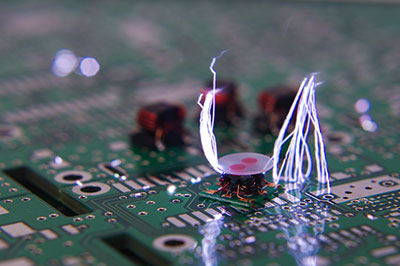Surface mount devices are sensitive to electrostatic. That is why you need to be particularly careful during the SMT assembly process, or you are risking electrostatic discharge (ESD) damage that might lead to failure.
Would you like to learn how to prevent ESD from damaging your products and technology? Keep reading to learn more about the importance of protection and how to protect your applications from getting damaged!
Contents
What Is ESD?
Before we can discuss ESD, we have to get to know it better. Electrostatic discharge occurs when a static charge moves between two surfaces or objects with the same electrostatic capabilities.
Static electricity happens on material or surface that doesn’t have an optimal balance of negative and positive charges. Once the ESD occurs, it will be one of the two types – a breakdown of an electric field or contact-caused discharge.
The problem is that ESD can lead to component damage and even cause its failure. You want to avoid this, so we are discussing how to prevent ESD during the SMT assembly.
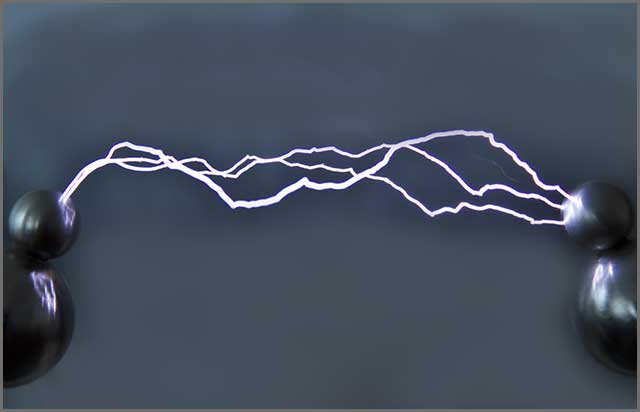
How You Can Generate ESD
Let’s not complicate things and go into tricky definitions and explanations. All that you should know is that static electricity happens wherever movement happens.
Since we are focusing on the process of SMT assembly, here are some examples of generating ESD in a factory environment:
Your body in touch with your clothes generates electricity. • Friction – it is the most frequent reason why static electricity occurs. It is understandable because you can take any two objects, make contact between them, and separate them from noticing static electricity. That level can sometimes be high enough to damage the devices’ components, even though you may not also sense it.
• Conduction – if there are metal pins or leads on your parts, they can conduct ESD as soon as they get in touch with it. That way, you transfer static from your body too sensitive parts. Once again, you might not feel this, but it will affect your parts.
• Induction – if substances or objects that have a significant amount of energy get in touch with your electronic components, those components will start generating electrostatic, too. You can quickly induce ESD on tools and equipment, such as ovens, computers, soldering irons, etc.
As you can see, it is easy to generate ESD, especially during the SMT assembly. That is why you need to be careful and take the necessary precautions to prevent ESD and any problems that it may cause it.
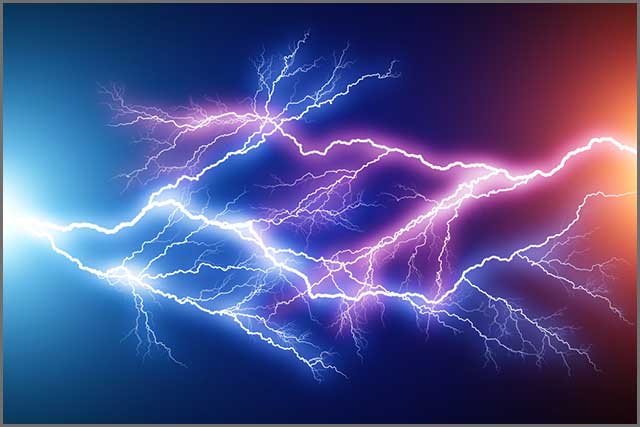
What Are the Characteristics of ESD?
We already mentioned the most crucial feature of electrostatic discharge. It is that humans might not be able to recognize it. That is because the power is so low that it is not dangerous for people. However, the components may suffer damage from ESD, so we should also discuss its other characteristics.
For starters, ESD doesn’t last for a long time. Several milliseconds can be enough for ESD to damaged parts of your device. Static electricity can be higher in locations where humidity is high, and that is why you can reduce damage by controlling moisture.
If you think you can notice ESD, think again. It is only in situations when it is over 2kV that you can sense electrostatic discharge. That is why many call ESD a danger in disguise. The experts recommend taking the necessary precautions to prevent ESD and inspect for it during the process.
It is interesting to note that even inspections might not be enough to notice soft damage from ESD. The performance of the component in danger might decrease over time, but it will take a while to see it. If ESD did enough damage, the part’s performance would decrease faster over time.
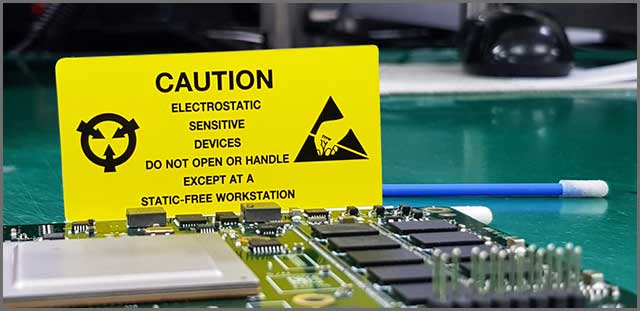
What Damage Can ESD Cause?
The technology has progressed, and we are not considering only the performance of electronic devices. Instead, the industry is doing its utmost to maintain reliability while reducing the size of components and overall products.
Since PCB is an integral component of any electronic device, small and lightweight boards are imperative. It is not only about miniaturizing the elements because the insulation and wiring need to be thinner, too.
You might not know this – many electronic devices have a shock voltage that people cannot sense. That is because even a very low voltage can damage the components or the product. In some cases, the energy can be so high for the parts that it may lead to soft and hard shocks, which often cause failure or significantly affect reliability.
A sudden failure can lead to extensive damage to the components, so the functionality of components can be in danger. Even a soft shock (latent failure) can partially affect the component’s functionality and performance.
The good news is that only 10% of ESD damages are sudden failures, while most of them are soft failures. However, the experts suggest that ESD causes up to a third of all crashes in electronic devices. If you consider the number of products made every year, it can damage billions of dollars. That is why we cannot ignore ESD and do our best to minimize the damage caused by it. If you effectively stop ESD, you will boost the product’s reliability and assembly efficiency, which will lead to increased costs.
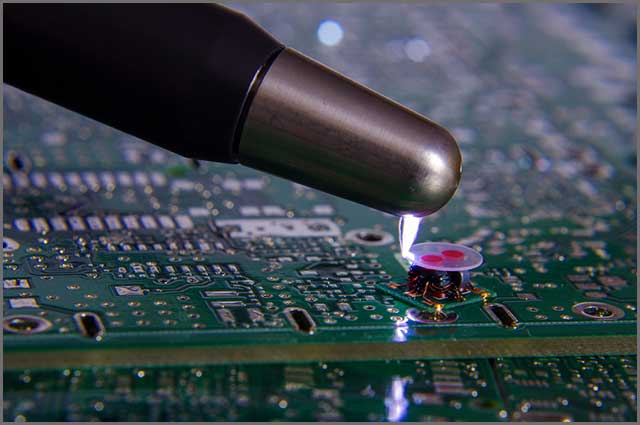
ESD Protection During SMT Assembly
Since it is hard to identify ESD when it happens, prevention becomes the best medicine against it. If you are going through a surface-mounting technology process, it is essential to ensure that static electricity cannot harm your product.
You want to stop forming an electrostatic field and control any static power. You do this by preventing too much electrostatic from accumulating in sensitive spots. The chances are an occasional discharge will happen, but you need to ensure to have everything under control.
Here are several things that you can do to boost ESD protection in your factory:
• An antistatic workshop – whether a factory or a private studio, your primary goal is to make it static-free. Start by using adequate PVC floors and paints that have antistatic features. Keep in mind to clean the floor regularly, and ensure there are no scratches. That is why you should avoid putting sharp material on it.
• Humidity control – did you know that you can prevent ESD by controlling relative humidity (RH)? If you don’t keep RH levels low, it may lead to the generation of static electricity.
• Materials – if possible, always go with static-free materials or produce low static. It would help if you also considered keeping materials with a high electrostatic level away from the actual assembly line.
It is also essential to get rid of the generated ESD effectively. The best way is to connect the device to a product or object to handle high ESD levels. That way, you will ensure that those objects take all the ESD blows that might harm your device.
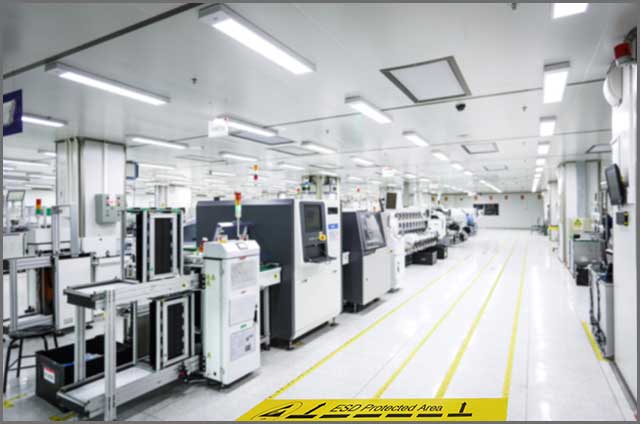
SMT Assembly Process– Human Body ESD Protection
Apart from protecting the facility, you also need to ensure to protect yourself. Anyone working in the assembly line should wear a protective suit and gloves, hats, shoes, etc. The idea is to wear anything that can help in protection from ESD.
Your body should serve as a system for electrostatic grounding. By offering a grounding circuit, you prevent the accumulation of static electricity.
Grounding can be an effective way to prevent potential ESD damage but keep in might that it won’t work on insulating materials. That is why you should consider applying ion neutralization.
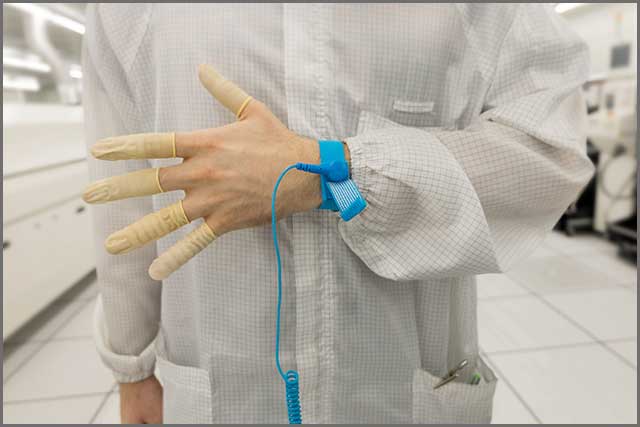
SMT Assembly Process– ESD Circuit Protection During Transport and Storage
Here is an exciting thing to consider – your job in preventing ESD doesn’t finish once you assemble the device. Instead, it would help if you thought about protecting the circuit while storing it and transporting it to the user. You can use specialized ESD bags, which utilize the Faraday Cage approach to ensure there is not static.
WellPCB is a company with years of experience in designing printed circuit boards. The experienced team of engineers ensures flawless PCB assembly during the entire process. Reliable services handle packaging and shipping to ensure that your PCB will arrive at your doorstep ready to deliver maximum performance and reliability. The company is at your service for all your printed circuit board needs, no matter the type of committee that you need.
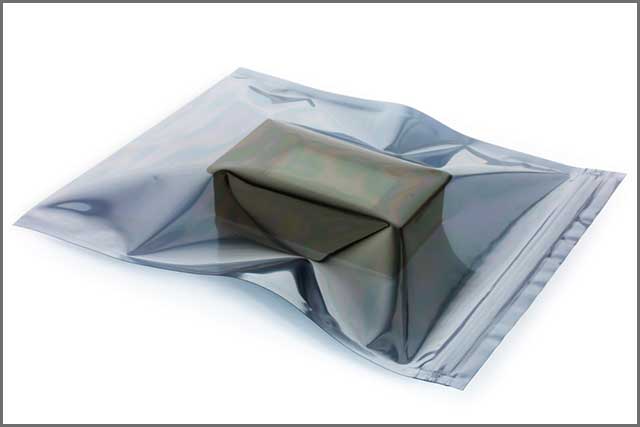
Conclusion
Electrostatic discharge can be quite damaging to your electronic device. That is why protection from ESD damage is vital throughout the entire SMT assembly process. It will take some time and effort, ensuring that your device has optimal reliability and performance. Remember that ESD damage protection starts with the first step of the process and lasts even after completing the assembly because you need to ensure static-free transportation and storage.
